No products
Product successfully added to your shopping cart
There are 0 items in your cart. There is 1 item in your cart.
How do I choose my traction kite ?
The aim of this guide is to help you choose a traction kite for a land traction discipline. It is aimed at beginners who want advice on choosing a traction kite to discover the sport or practice the mountainboard, the buggy or the snowkite.
If you wish to purchase a mountainboard, consult our buying guide : How to choose my mountainboard ? ?
Before choosing a traction kite
To choose the right wing for you, you must first determine :
- Your level
- Your budget
- The discipline(s) you wish to practice
2-line traction kites
What's the point of a traction kite ?
Visit tractio kitesn 2 lines are above all for children and smaller sizes. They are designed to be flown on foot like a kite. They can also be used for overland towing in buggies or mountainboard, but their potential is limited and they are reserved for featherweights. Below 2.0m, 2-line wings won't offer enough power for an adult to be towed.
What are the different types of 2-line traction wings?
2-line traction wings can be used with handles or a bar. The behavior of the wing is almost identical in both cases. The handles offer a little more amplitude for piloting and therefore better maneuverability. Steering with a bar is a good first experience for buying a wing with a bar later on. Both control modes are very easy to learn.
Some examples of 2-line tension sails
To start with a 2-line wing with handles, you can turn to models such as :
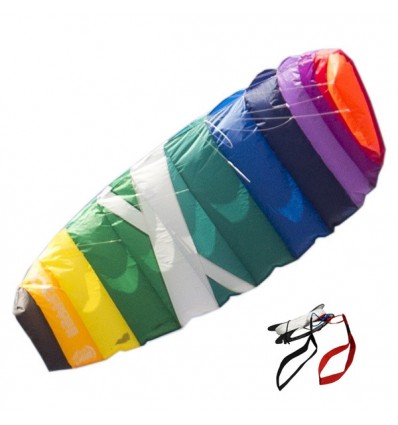 The Cross Kites Air, a wing for small budgets with excellent value for money.
The Cross Kites Air, a wing for small budgets with excellent value for money.
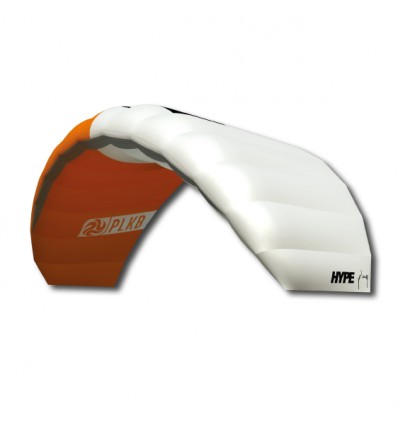 The Peter Lynn Hype, a high-quality traction wing, very solid, with a superb finish. The Hype is one of our favorite 2-line kites.
The Peter Lynn Hype, a high-quality traction wing, very solid, with a superb finish. The Hype is one of our favorite 2-line kites.
Discover traction kites with a wing equipped with a bar, you can opt for one of the following models:
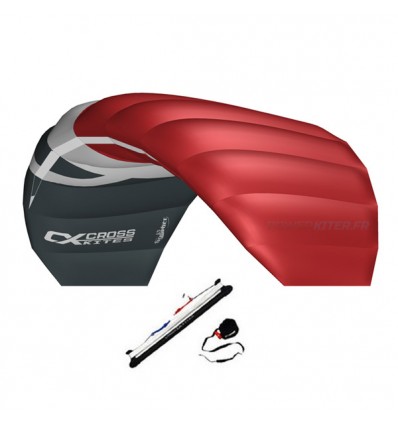 The Cross Kites Boarder is the wing the least expensive on the market. Start flying without breaking the bank.
The Cross Kites Boarder is the wing the least expensive on the market. Start flying without breaking the bank.
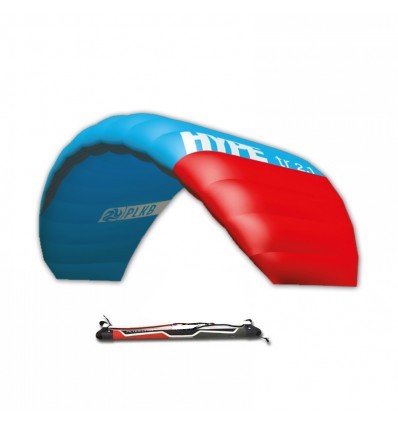 The Peter Lynn Hype Trainer is the "with bar" version of the Hype. Top quality. The lighter ones can even be towed on a mountainboard or a buggy with a 2.3m or a 2.6m.
The Peter Lynn Hype Trainer is the "with bar" version of the Hype. Top quality. The lighter ones can even be towed on a mountainboard or a buggy with a 2.3m or a 2.6m.
3-line traction wings
What is the purpose of the 3rd line on a traction wing ?
3-line traction sails work in the same way as 2-line sails, and are available only in bars. The 3rd line is connected to a bridle system on the trailing edge of the wing. The 3rd line provides 2 advantages additional :
- In terms of safety first. This 3rd line is attached to a wrist leash. When you let go of the bar, all the tension is exerted on this line, which closes the kite and instantly loses all its power, falling to the ground.
- When it comes to comfort then. The 3rd line makes it much easier to relaunch the wing when it falls to the ground, leading edge down.
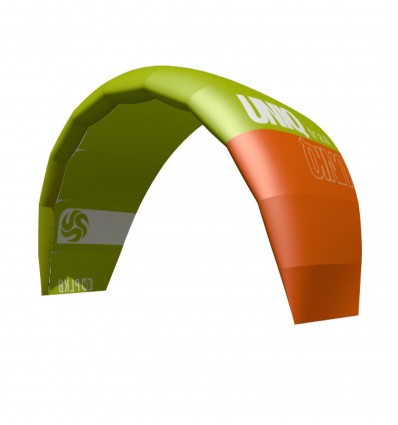 VisitPeter Lynn UNIQ TR is an extremely sturdy single-skin beginner's wing that takes up very little space when folded.
VisitPeter Lynn UNIQ TR is an extremely sturdy single-skin beginner's wing that takes up very little space when folded.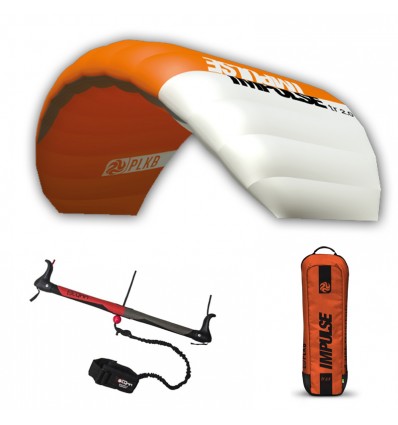 The Peter Lynn Impulse is a very good 3-line traction kite for reduced price !A trainer sail kite"which can be used with a mountainboard and/or to learn the basics of helm steering in preparation for kitesurfing. A traction sail suitable for an adult or teenager. For people weighing over 75 kg, we strongly recommend the 3.0 m.
The Peter Lynn Impulse is a very good 3-line traction kite for reduced price !A trainer sail kite"which can be used with a mountainboard and/or to learn the basics of helm steering in preparation for kitesurfing. A traction sail suitable for an adult or teenager. For people weighing over 75 kg, we strongly recommend the 3.0 m.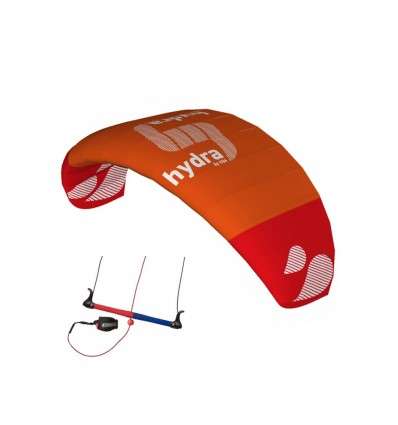 The HQ Hydra is a 3-line wing with watertight cells that can be used in water !Stand-up paddlers and kayakers can even use the kite for effortless towing.
The HQ Hydra is a 3-line wing with watertight cells that can be used in water !Stand-up paddlers and kayakers can even use the kite for effortless towing.
4-line traction wings - For beginners
How does a 4-line traction kite work ?
A 4-line wing has 2 "front" lines and 2 "rear" lines. The fronts work like the lines of a 2-line traction wing. The backs allow to play on the trailing edge and therefore brake the sail. In comparison with a 2-line traction kite, the 4 lines will soAllow the pilot to reverse. In this way, the pilot can exploit the entire wind window and manage the wing's power.
The back lines will offer two main advantages:
- Better control of the wing for much more precise piloting. Playing on one of the two back lines will enable you to turn your wing much shorter and faster.
- Easy relaunch. Just pull on one or two rear struts, and the wing will take off in reverse and turn around.
Should I use handles or a bar ?
Each control method offers different advantages:
- The handles allow finer control. Handle handling offers greater freedom of movement and therefore more maneuverability and control over the kite. For buggy flying, a wing with handles is recommended.
- The bar offers a extra comfort. If fitted with a harness, the pilot can steer the sail with just one hand. Traction sails with bar are an excellent way to get started with a view to practicing powerkite or the kitesurf with a border/choquer wing. The bar is interesting in terms of feel, but it's important to stress that using a bar powerkite 4 lines leads to a significant loss of control. For optimum helm control, the ideal situation is to move towards the wings by tucking/shocking (see below)
Which traction kite is right for you ?
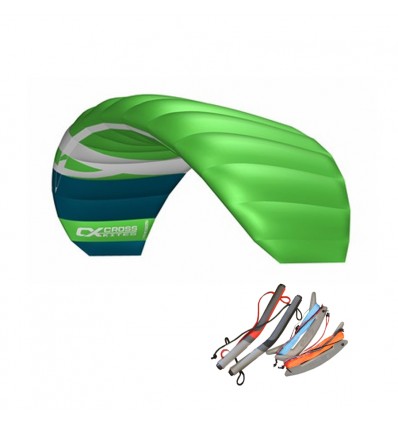 The Cross Kites Quattro is the 4-line traction kite with handlesthe cheapest, ideal for small budgets.
The Cross Kites Quattro is the 4-line traction kite with handlesthe cheapest, ideal for small budgets.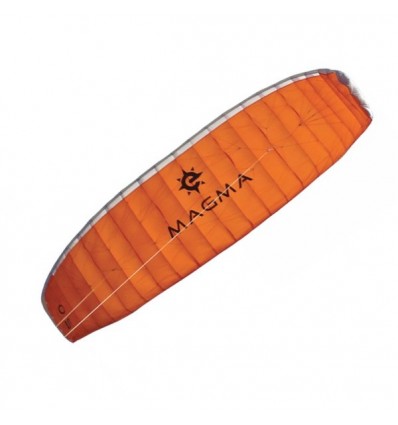 The Elliot Magma offers a excellent value for money for a wing with handles.
The Elliot Magma offers a excellent value for money for a wing with handles.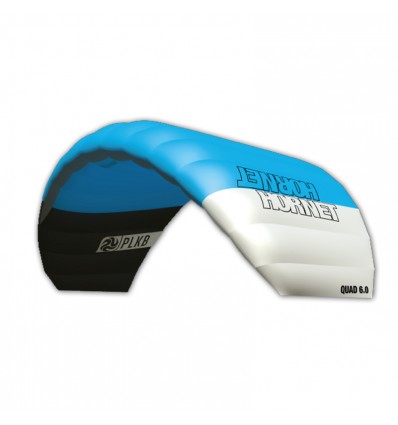 The Peter Lynn Hornet is a quality all-round traction sail available with bar or handles. It's one of Powerkiter's benchmark wings for its design quality, accessibility and ease of progression.
The Peter Lynn Hornet is a quality all-round traction sail available with bar or handles. It's one of Powerkiter's benchmark wings for its design quality, accessibility and ease of progression.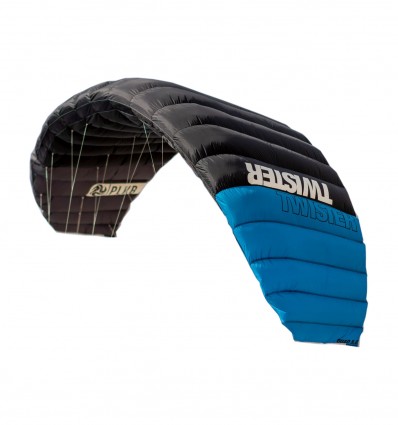 the Peter Lynn Twister is a sail with lift (upward power), perfect for starting mountainboard freeride and jump.
the Peter Lynn Twister is a sail with lift (upward power), perfect for starting mountainboard freeride and jump.Traction wings with Border/Choose
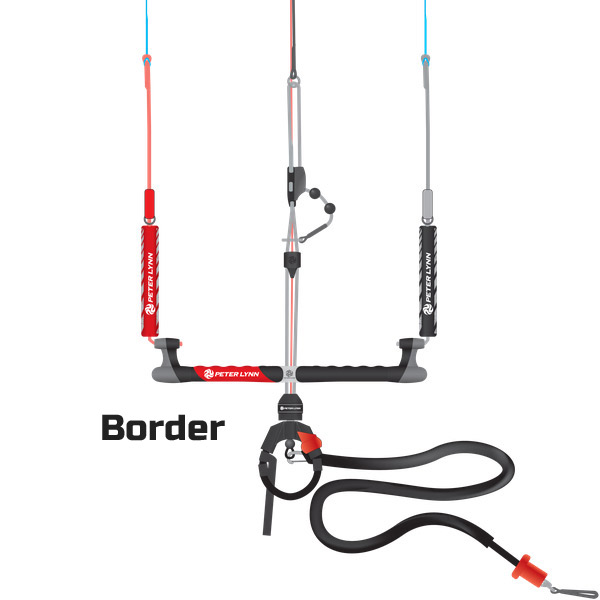
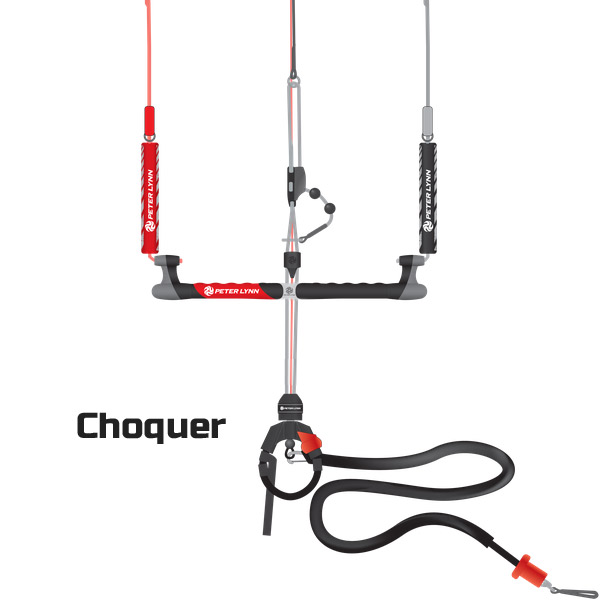
- In position "Shock, the wing develops less power and you can, for example, ride your board without danger.
- In position "Border, the surface area of the sail exposed to the wind is greater, and therefore the power generated is greater.Extra traction for jumping, for example.
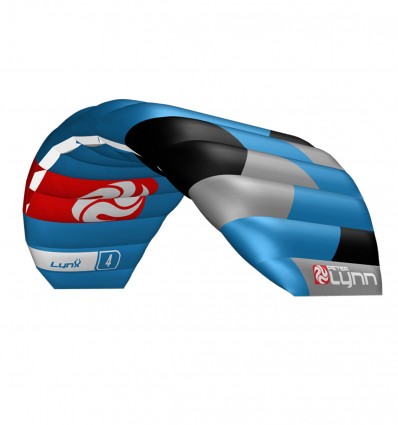 The Peter Lynn Lynx : the wing onunbeatable value for money for the mountainboard and snowkiting.
The Peter Lynn Lynx : the wing onunbeatable value for money for the mountainboard and snowkiting.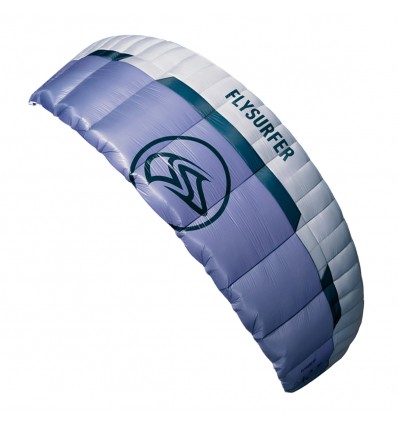 TheFlysurfer PeakIs a single-skin wing that has established itself as a great choice for beginners, freeride and backcountry snowkiting.
TheFlysurfer PeakIs a single-skin wing that has established itself as a great choice for beginners, freeride and backcountry snowkiting.
I need more advice on choosing my traction wing !
> See the guide : Choosing the size of my traction kite ?
